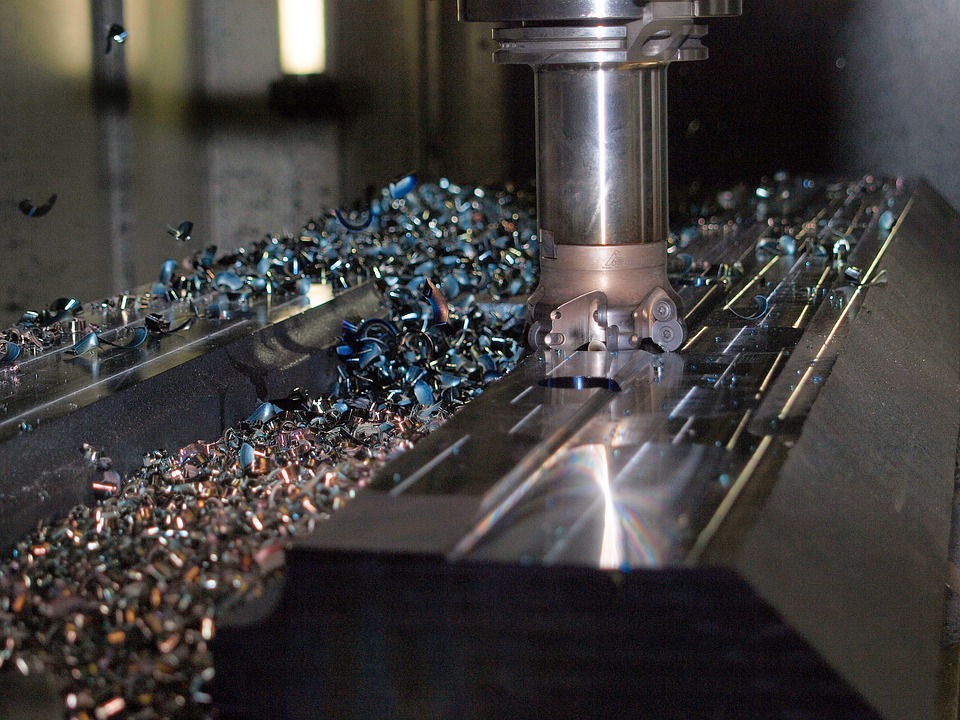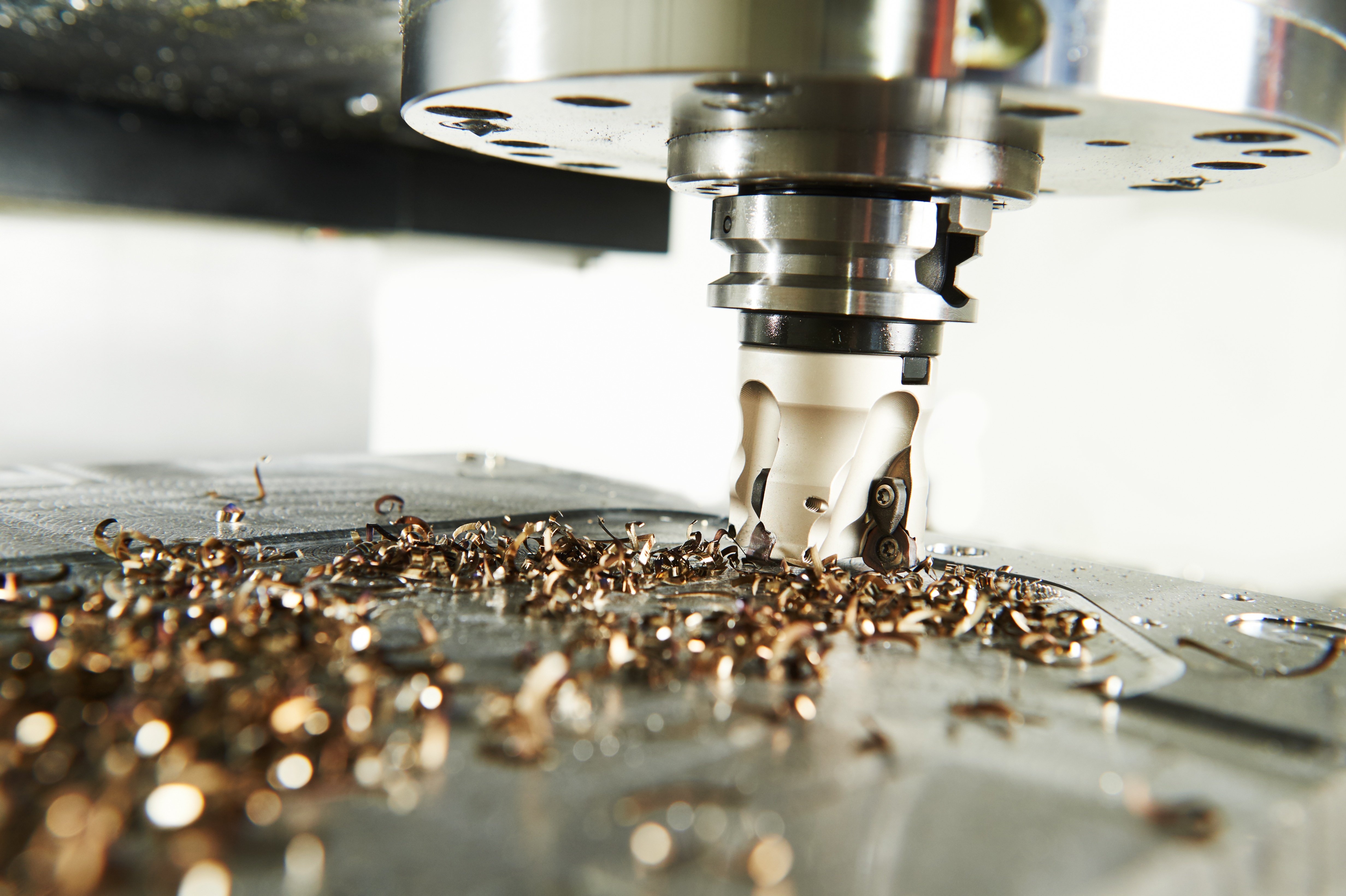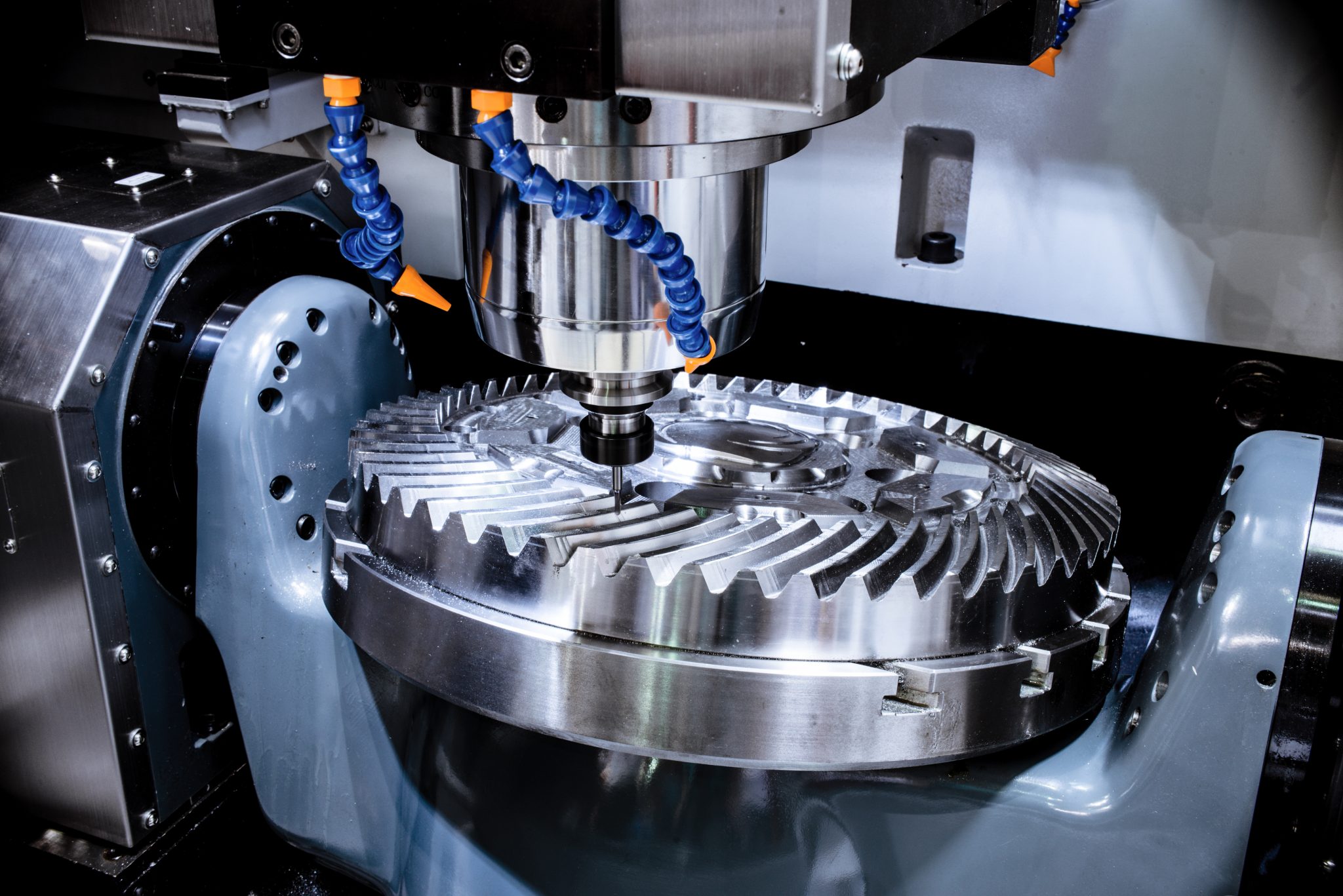The Function of Fasteners and Machining in High-Quality Product Layout
The Function of Fasteners and Machining in High-Quality Product Layout
Blog Article
Introducing the Intricacies of Fasteners and Machining Procedures for Ideal Performance
In the world of design and manufacturing, the choice of fasteners and the intricacies of machining procedures play an essential role in identifying the ultimate efficiency and resilience of an item. From the seemingly straightforward job of choosing the best sort of fastener to the facility accuracy machining methods employed, every step in this process needs careful attention to detail. As we start this exploration into the globe of bolts and machining, we will uncover the subtle yet vital elements that can substantially affect the performance and top quality of the last item, clarifying the commonly forgotten facets that can make all the difference in attaining ideal efficiency.

Significance of Correct Bolt Choice
Picking the proper bolts is essential in making sure the architectural stability and longevity of any kind of mechanical assembly. Bolts play an essential duty in holding parts with each other securely, with the ideal selection adding substantially to the overall performance and reliability of the setting up. When picking fasteners, elements such as product compatibility, environmental conditions, load-bearing capacity, and convenience of installment have to be meticulously taken into consideration to guarantee optimal performance.
Incorrect fastener selection can lead to a series of problems, including helping to loosen, corrosion, and even architectural failing. Using fasteners that are not matched to the specific needs of the setting up can compromise its performance and position safety risks. Developers and designers should meticulously examine the application requires and pick bolts that fulfill or surpass the essential requirements and requirements.
Additionally, the correct fastener choice procedure involves analyzing the joint design, prepared for loads, resonance levels, and prospective thermal expansion or contraction to make sure that the chosen bolts can hold up against the operating conditions properly. By focusing on proper fastener choice, makers can boost the quality, longevity, and performance of their mechanical assemblies.
Types and Attributes of Bolts
A necessary element of mechanical assemblies exists in recognizing the varied types and unique characteristics of bolts used in various commercial applications. Bolts are critical components that hold frameworks with each other, guaranteeing security and functionality. There is a vast array of bolts readily available, each created for certain functions based on the application requirements. Common kinds of bolts consist of screws, screws, nuts, pins, washers, and rivets.
Screws are threaded bolts that are commonly utilized to join 2 or more components together. Nuts are internally threaded bolts that mate with screws to hold components with each other. Washing machines are thin plates that disperse the lots of a fastener, stopping damages to the material being fastened.
Understanding the characteristics of each type of bolt is important for choosing the ideal one for a specific application, ensuring optimal performance and reliability of the mechanical setting up. Fasteners and Machining.
Precision Machining Methods for Performance
The detailed design demands of various bolts demand utilizing accuracy machining strategies for ideal effectiveness in manufacturing processes. One of the main strategies utilized in precision machining is Computer system Numerical Control (CNC) machining, which allows high levels of precision and repeatability in the manufacturing of bolts.
Along with CNC machining, various other precision methods such as grinding, published here milling, and transforming are typically utilized to accomplish the limited tolerances needed for fasteners. These methods allow producers to develop bolts with smooth surfaces, specific dimensions, and high structural integrity. By utilizing accuracy machining methods, manufacturers can boost the high quality of fasteners, reduce product waste, and boost overall manufacturing performance. Additionally, using innovative machining procedures aids make sure that fasteners meet sector standards and customer assumptions for performance and dependability.

Variables Influencing Machining Process Efficiency
Numerous variables play a significant duty in determining the performance of machining processes in the production of fasteners. Maximizing these parameters based on the details demands of the bolt being created is key to achieving specific and cost-effective machining.
Maker rigidity and security additionally play an essential duty in click this link identifying machining procedure efficiency. A stable device with very little resonances can boost accuracy and avoid tool wear, leading to much better overall efficiency. The ability and experience of the device operator can not be taken too lightly. An experienced operator can make real-time changes, troubleshoot problems effectively, and guarantee that the machining procedure runs efficiently, ultimately affecting the last quality of the bolt.

Top Quality Control Procedures in Manufacturing
Factors influencing machining process efficiency, such as cutting tool choice and equipment security, directly impact the implementation of high quality control actions in manufacturing. Normal maintenance of machining tools is also important to copyright quality control. By adhering to stringent high quality control measures, makers can boost client contentment, develop an online reputation for integrity, and eventually accomplish optimal performance in their machining processes.
Verdict
Finally, selecting the best bolts and making use of precision machining techniques are crucial for optimal efficiency in manufacturing procedures. Comprehending the kinds and attributes of fasteners, along with elements affecting machining procedure efficiency, can cause boosted performance and high quality control measures. By focusing on these intricacies, manufacturers can achieve greater levels of performance and dependability in their items.
In the realm of engineering and manufacturing, the option of fasteners and the intricacies of machining procedures play a pivotal function in identifying the ultimate performance and longevity of a product (Fasteners and Machining). One of the key strategies used in accuracy machining is useful site Computer system Numerical Control (CNC) machining, which makes it possible for high degrees of precision and repeatability in the manufacturing of bolts. The usage of innovative machining processes assists guarantee that fasteners satisfy industry standards and client expectations for performance and integrity
In conclusion, selecting the appropriate fasteners and utilizing precision machining methods are essential for optimal performance in manufacturing processes. Comprehending the types and features of fasteners, along with elements influencing machining process efficiency, can lead to enhanced efficiency and quality control steps.
Report this page